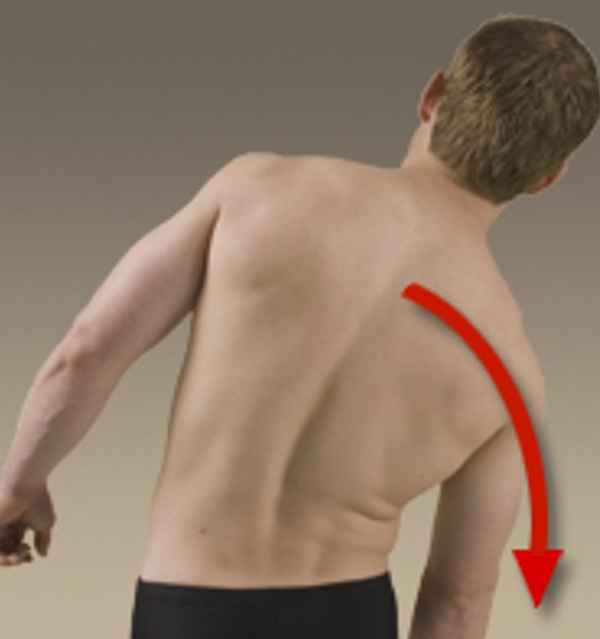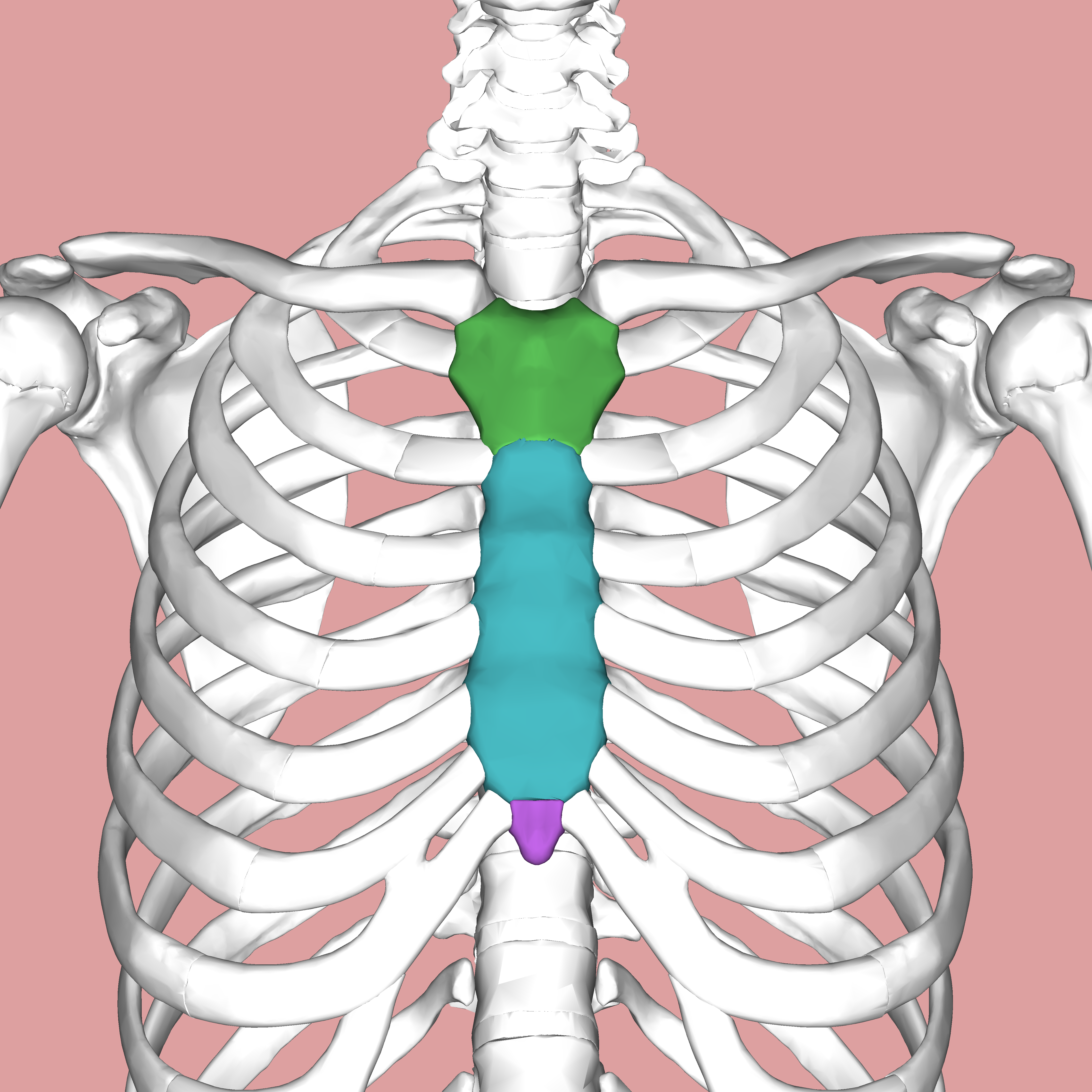This large, dome shaped bone forms your forehead.
What is the frontal bone?
Name the motion being performed here.

What is trunk lateral flexion?
The C1 joint of the neck is also referred to as this.
What is the atlas?
How many regions of the vertebral column are there?
What is four?
This bone forms the lower jaw and holds the lower teeth.
What is the mandible?
What motion is the rectus abdominis responsible for?
What is trunk flexion?
This section of the trapezius performs neck extension.
What is the upper section of the trapezius?
Name this feature of the vertebral colum,
:watermark(/images/watermark_only_413.png,0,0,0):watermark(/logos/logo_url_sm.png,-10,-10,0):format(jpeg)/images/learnable/vertebral-foramen/6PlxbIpKIN5QDCA5TzAw_s8ZZCXjF79_Foramen_vertebrale_2.png)
What is the vertebral foramen?
This bone at the back of your head contains the foramen magnum, which is where the spinal cord passes through.
What is the occipital bone?
What three muscles make up the erector spinae group of the trunk extensors?
What are the spinalis, longissimus, and iliocostalis?
What muscles work bilaterally to perform neck flexion?
What are the sternocleidomastoid and the scalenes?
Name the regions of the vertebral column.
What are cervical, thoracic, lumbar, and sacrococcygeal?
What are the temporal bones?
Name the joint highlighted in green.
:background_color(FFFFFF):format(jpeg)/images/library/13244/ummw4HITShvTVfFk7SVOQ_Ha27BJar5p_Articulatio_lumbosacralis_1.png)
What is the lumbosacral joint?
These are the two origin points of the sternocleidomastoid.
What are the manubrium and the proximal clavicle?
Name the feature of the sternum that is shown here highlighted in purple.

What is the xiphoid process?
These small bones sit in the medial aspect of the orbit and contain a groove for the tear duct.
What are the lacrimal bones?
The external and internal obliques perform these two motions.
What are trunk flexion and trunk rotation?
Name where the splenius capitis inserts.
What are the occipital bone and the mastoid process?
These ribs are considered "true ribs".
What are ribs 1-7?